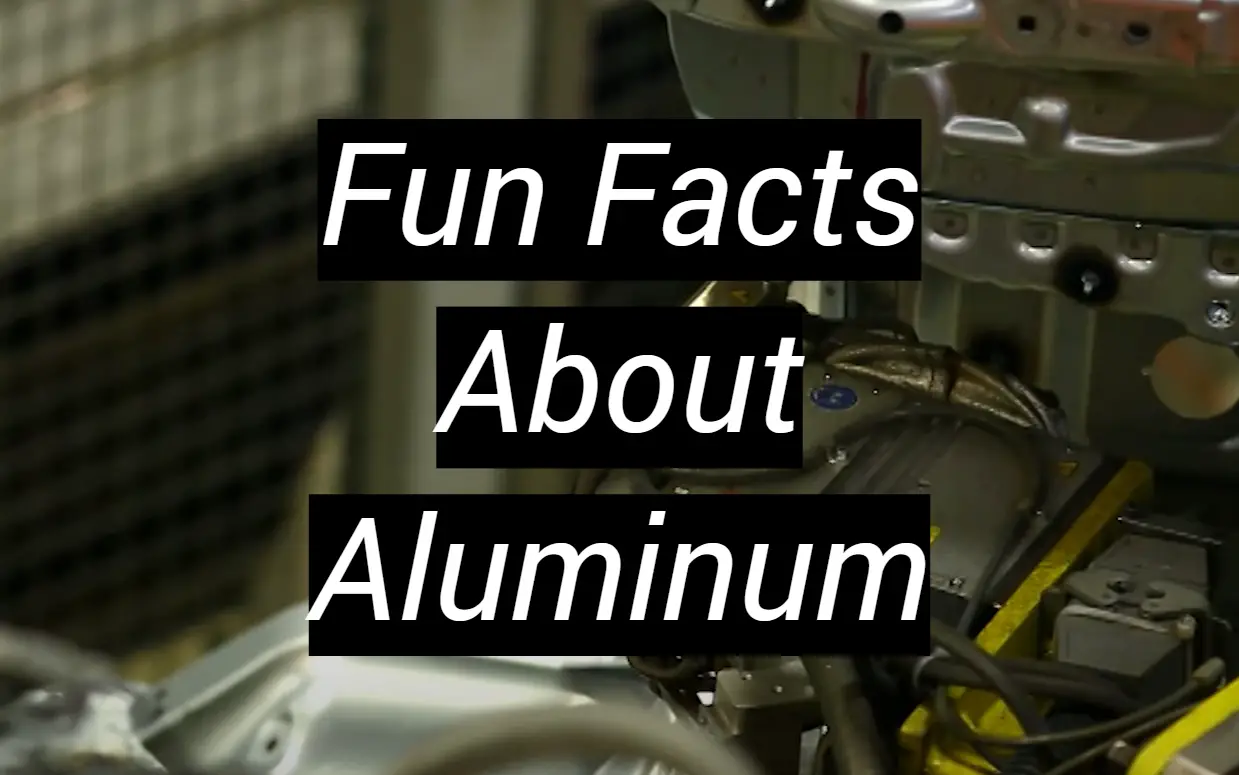Aluminum is a ubiquitous metal, present in everything from the cans that hold our beverages to the frames of our vehicles. While many people take its versatility for granted, there exists a rich tapestry of facts that reveal its profound influence on modern life. Here are some compelling insights into aluminum that may change your perception of this transformative element.
1. An Abundant Element: Aluminum is the third most abundant element in the Earth’s crust, making up approximately 8% of it. This characteristic makes aluminum a material that is both readily available and relatively inexpensive compared to many other metals, like gold or platinum. Its abundance has fueled its widespread use across various industries.
2. A Late Discovery: Although aluminum is abundant, it was not isolated as a metal until 1825. Danish chemist Hans Christian Ørsted first succeeded in extracting aluminum from its oxide, alumina. This late discovery contrasts sharply with other metals like copper and iron, which have been known to humanity for thousands of years.
3. The Light-Weight Champion: One of aluminum’s most striking features is its lightweight nature. Aluminum is about one-third the weight of steel, which makes it a preferred choice in industries ranging from aerospace to automotive. This lightweight property leads to enhanced fuel efficiency in vehicles and aircraft, significantly reducing energy consumption over time.
4. Corrosion Resistance: Aluminum possesses a remarkable ability to resist corrosion, primarily due to the formation of a protective oxide layer. When exposed to air, aluminum rapidly oxidizes, creating a thin, durable layer that prevents further deterioration. This corrosion resistance is pivotal in sectors like construction and marine applications, where materials face challenging environmental conditions.
5. Recycling Champion: Approximately 75% of all aluminum ever produced is still in use today due to its recyclability. The process of recycling aluminum requires only about 5% of the energy consumed in primary production, making it one of the most environmentally friendly materials available. The recycling process not only conserves resources but also minimizes waste, thus reducing the carbon footprint associated with aluminum production.
6. The Role in Aviation: The aviation industry relies heavily on aluminum for constructing aircraft. Its ability to withstand extreme temperatures and pressures, coupled with its lightweight nature, makes it invaluable in flight engineering. Innovations like aluminum alloys have significantly enhanced the performance and safety of aircraft, contributing to more efficient air travel.
7. A Key Element in Alloys: Aluminum is frequently used to create alloys, which are mixtures of metals that possess superior properties compared to their individual components. For instance, aluminum-lithium alloys are renowned for their strength and reduced weight, while aluminum-copper alloys provide exceptional durability. These specialized mixtures are crucial in applications that demand high performance, such as military and aerospace domains.
8. Everyday Utilization: Beyond industrial usage, aluminum is deeply embedded in our daily lives. The metal is extensively utilized in packaging, particularly in the form of aluminum foil and beverage cans. Aluminum foil’s ability to resist moisture and light while being lightweight has made it indispensable for food preservation. Similarly, beverage cans, which are often fully recyclable, showcase the effective integration of aluminum in consumer goods.
9. The Discovery of Aluminum Oxide: Aluminum oxide, also known as alumina, was first identified in the early 1800s and is used in various applications, including abrasives and as a ceramic material. Its hardness makes it an exceptional choice for sandpapers and cutting tools. Additionally, alumina serves as a substrate in the production of semiconductors, highlighting aluminum’s far-reaching implications in the tech sector.
10. Conductivity and Electronics: Aluminum’s electrical conductivity, while not as high as copper, is superior to many other metals when considering weight and cost. This quality makes aluminum an attractive option for overhead power lines, where weight is a significant factor. The metal’s non-magnetic nature further increases its usability in electronic devices, where electromagnetic interference is a concern.
11. Cultural Significance: Aluminum has made its mark not just industrially but also culturally. It holds a unique status as a symbol of modernity. In the early 20th century, it was considered a luxury material, exemplified by the use of aluminum in upscale household items and even jewelry. Such perceptions have evolved, reflecting aluminum’s journey from a precious novelty to an essential everyday commodity.
12. The Future of Aluminum: The potential of aluminum continues to evolve with advancements in technology. Future innovations aim to enhance its properties further, making it more sustainable. Research is being conducted on lighter and stronger aluminum alloys, which could revolutionize industries such as automotive manufacturing and renewable energy solutions such as wind turbines.
In conclusion, aluminum is much more than just a material; it is an intricate part of our lives. From its historical significance and industrial utility to its environmental advantages, aluminum indeed deserves recognition as “the metal that changed the world.” Understanding these facets not only piques curiosity but invites a newfound respect for this versatile element that pervades our modern existence.









